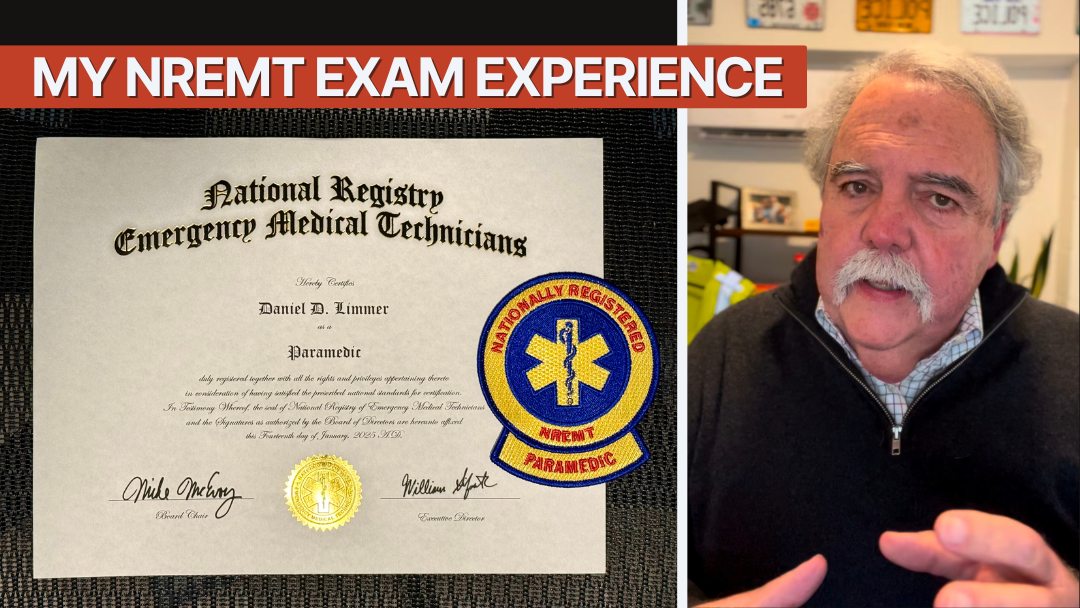ChatGPT – What EMS Educators Need to Know

by Limmer Education
Our articles are read by an automated voice. We offer the option to listen to our articles as soon as they are published to enhance accessibility. Issues? Please let us know using the contact form.
Part 1
We’ve been experimenting with ChatGPT, the artificial intelligence program that will do everything from write poetry to computer code—to homework assignments. It is nothing short of amazing and something EMS educators need to be aware of.
ChatGPT and EMT Class Assignments
Let’s start with an example. You have tried to make the clinical experience for your EMT students more robust. More of a thinking process. You have added discussions about preparation and followed that up with things they have learned and observed on calls.
Your first discussion question is “What should you do to prepare for a successful first day at clinicals? We hope that students use this post to reflect and think of things they can do in their first clinical experience to make it better. It is a solid concept for a discussion post.
There is always one student (OK, maybe more) who wants the easy way out. She or he goes to ChatGPT and asks it to, “Write a discussion post about what I should do to prepare for my first clinical ride time on an ambulance as an EMT.” The response from ChatGPT is shown below. It is somewhat generic but with a bit of modification, it could pass for a discussion post.
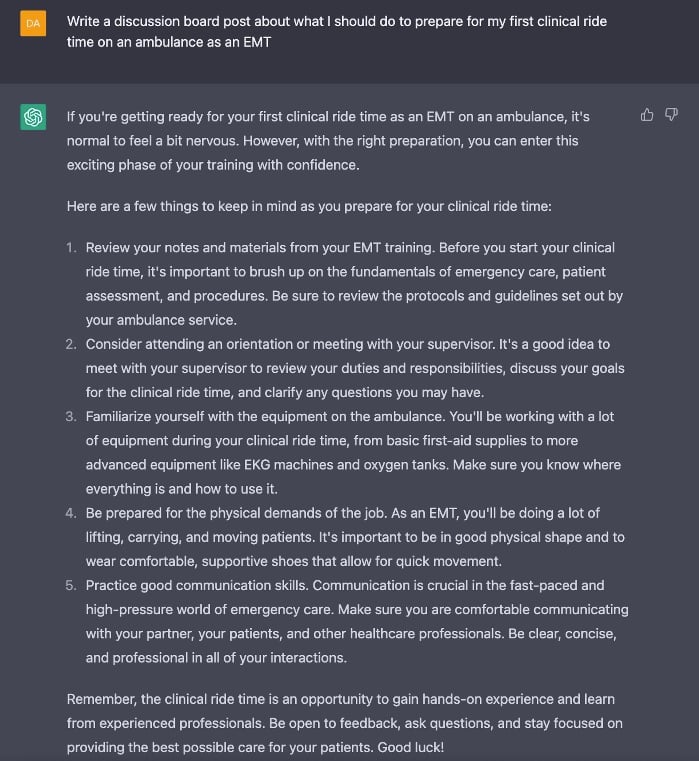
ChatGPT isn’t perfect—and it isn’t the first thing out there that has helped students cheat on assignments. The response ChatGPT created for this article includes ECG for an EMT scope and it sounds a bit robotic. But it is darn close.
If you require discussion posts, essays, or papers in your classes, you should be aware of ChatGPT and expect students to use it.
Tips for Keeping ChatGPT Out of Your Classroom
Here are some ways to mitigate the effect of this program on your classroom:
Note in your program manual in the academic dishonesty section that work by AI or bots of any kind are prohibited and considered dishonesty. Set expectations early.
Use the Turnitin feature (or other plagiarism checking service) in your LMS. Turnitin claims to have the ability to detect AI-generated content.
There are other sites that claim to have the ability to detect AI-generated content. Use one of those sites to help build a case. We found mixed results with these. One of the most successful in our testing was Crossplag AI detector. Crossplag was able to differentiate content written by ChatGPT from content Dan wrote for the 14th edition of his EMT book (see screenshots below). This was a single test and you should always use multiple methods before accusing a student of dishonesty.
Look for writing which seems to be at a different level than you expect from a student or has a dramatically different style than previous assignments. A sudden change of abilities in grammar, spelling, and capitalization is also suspicious.
Crossplag AI detector recognized that content from Emergency Care 14th edition was written by a human:
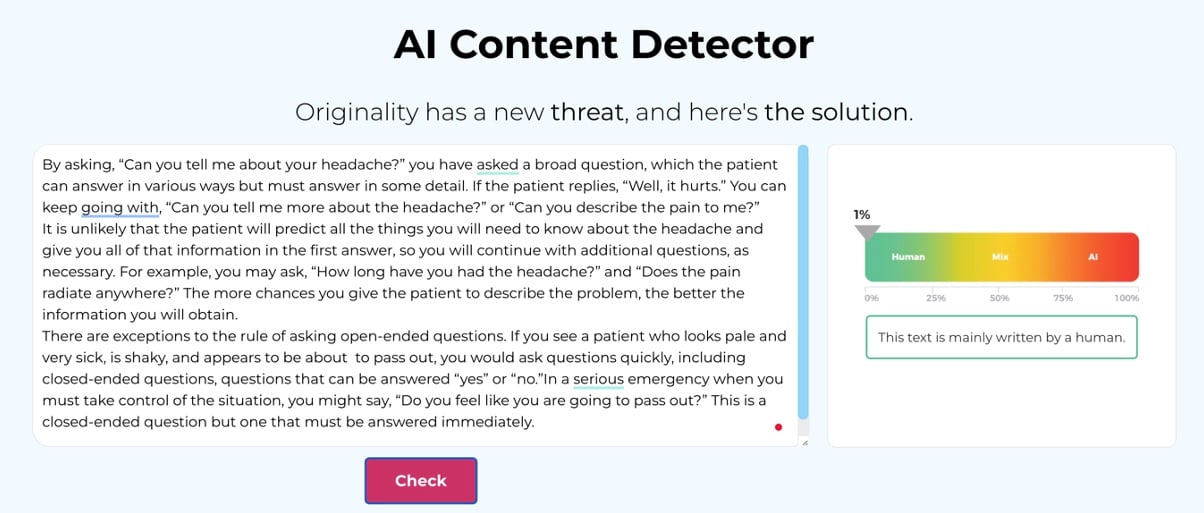
It also recognized that the ChatGPT content was AI-generated:
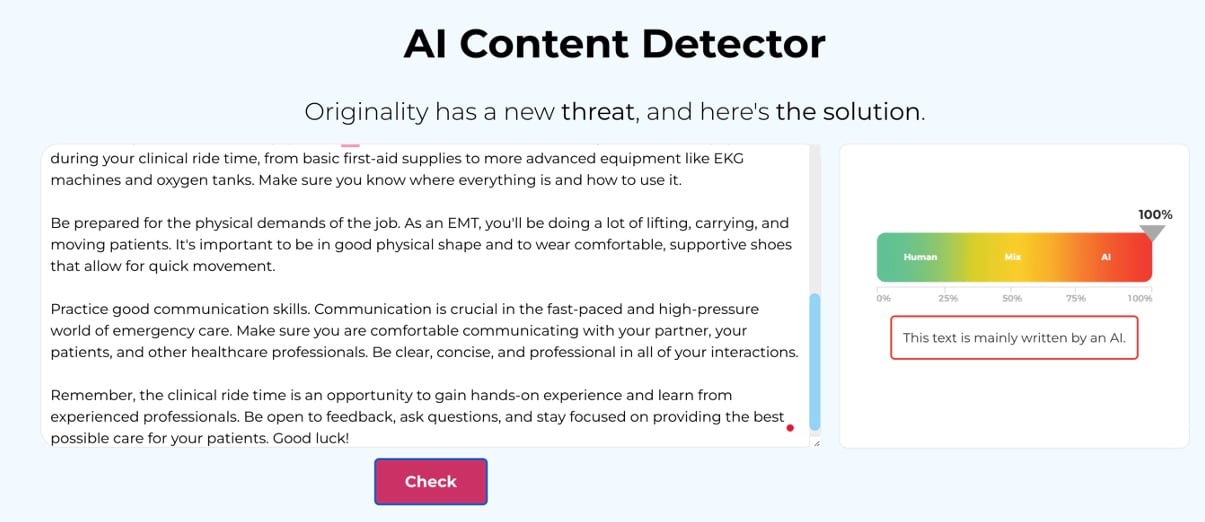
One of the best things you can do is become familiar with ChatGPT yourself. Create an account by signing up on the OpenAI website. (Google has also developed a similar tool.)
You’ll be amazed at what it can do. Try it from an instructor’s perspective as well as your students’ perspective.
We’ll do a future post on the good things AI can do for you and your students. To foreshadow that post, we asked ChatGPT to explain acute coronary syndrome. Here is what it said:
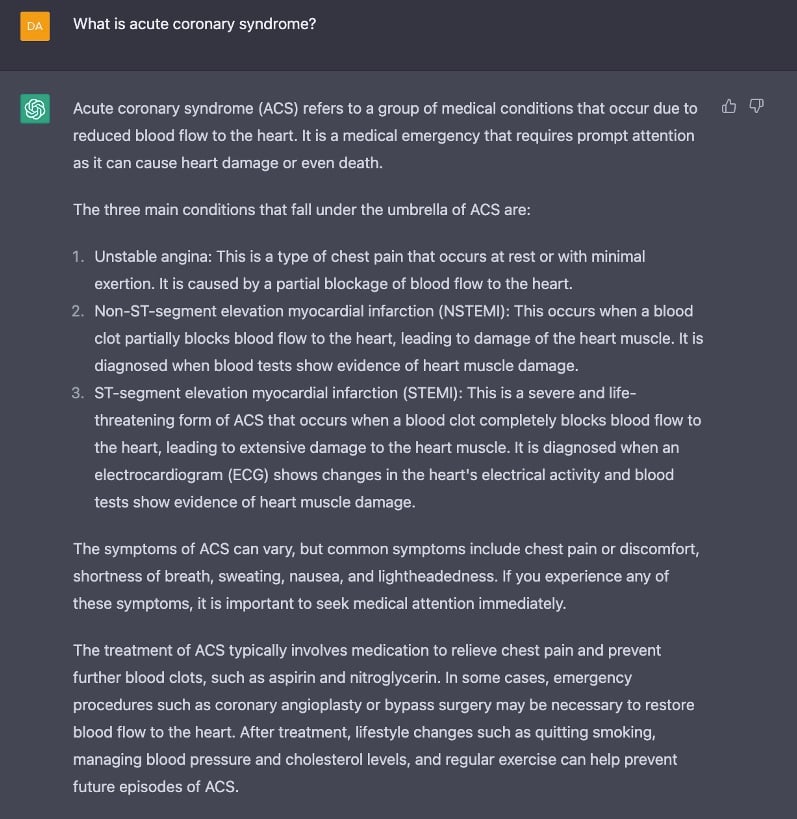
Related articles

Limmer Education
Comments
Leave a commentGood article Dan. Amazing the lengths a small number of students will go through to cheat themselves and their patients. Regards, bob
Thanks for letting us know about AI programs. Who knew? Limmer knew!
Wow! Thanks for the insight! I wasn’t aware that such a thing existed! Goes to show how naive I can be and that I trust people to be honest. I will add this to my academic dishonesty statement!


